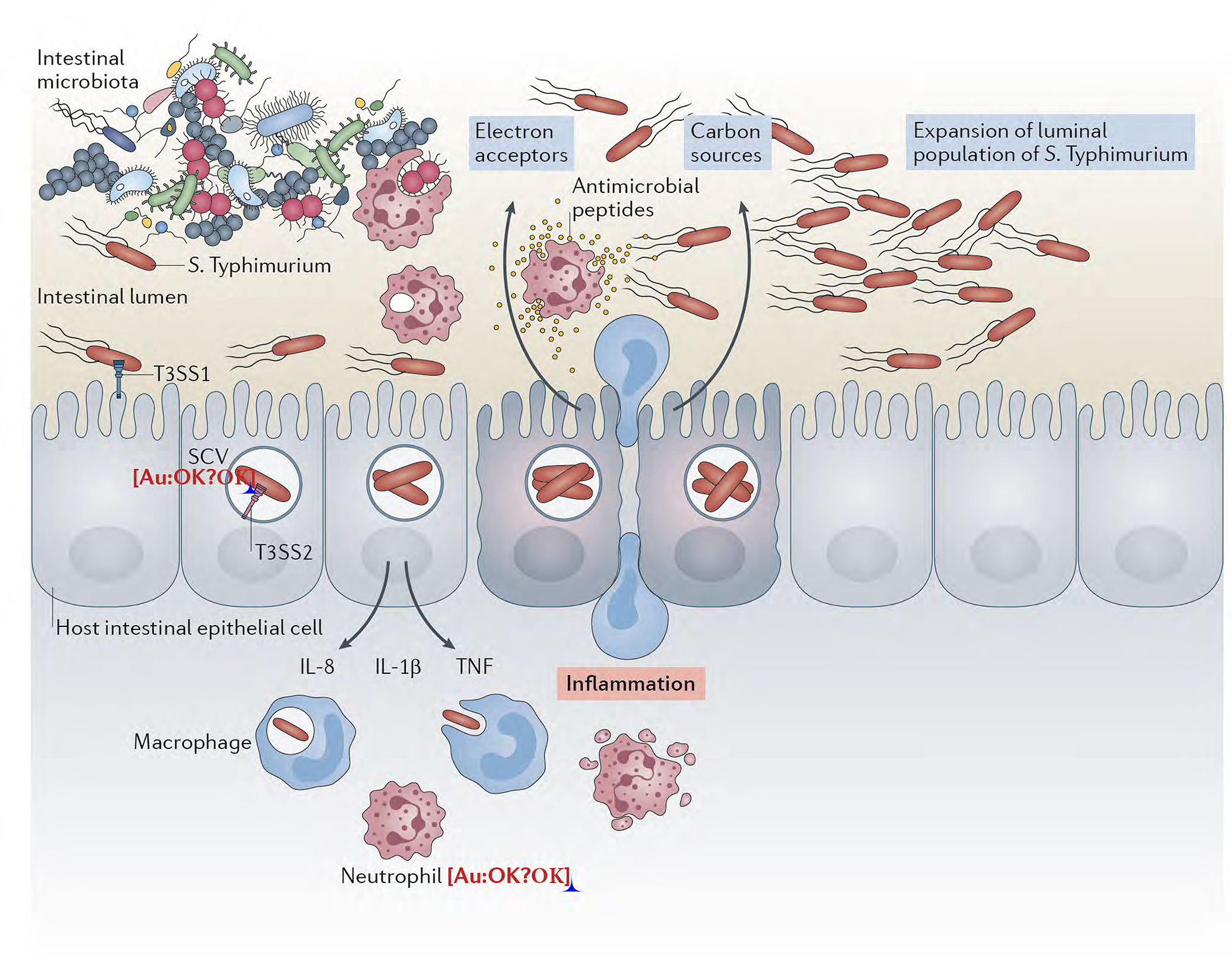Figure 2. Model for the interaction of S. Typhimurium with the intestinal epithelium.

After gaining access to the host via the oral route, S. Typhimurium reaches the large intestine where with the help of motility, makes contact with the intestinal epithelium resulting in the activation of the type III secretion system encoded within its pathogenicity island 1 (T3SS-1). Effector proteins delivered by this system trigger cell responses that result in bacterial internalization and the production of pro-inflammatory cytokines. The intracellular environment provides the cues for S. Typhimurium to express another type III protein secretion system encoded within its pathogenicity island 2 (T3SS-2), which allows the pathogen to avoid innate immune defense mechanisms and replicate within cells. The production of pro-inflammatory cytokines by the infected cells starts a cascade of events that lead to the recruitment of inflammatory cells. The tissue inflammatory response alters the intestinal lumen environment resulting the depletion of the resident microbiota and the availability of nutrients and electron acceptors that fuel the replication of the luminal population of S. Typhimurium.
